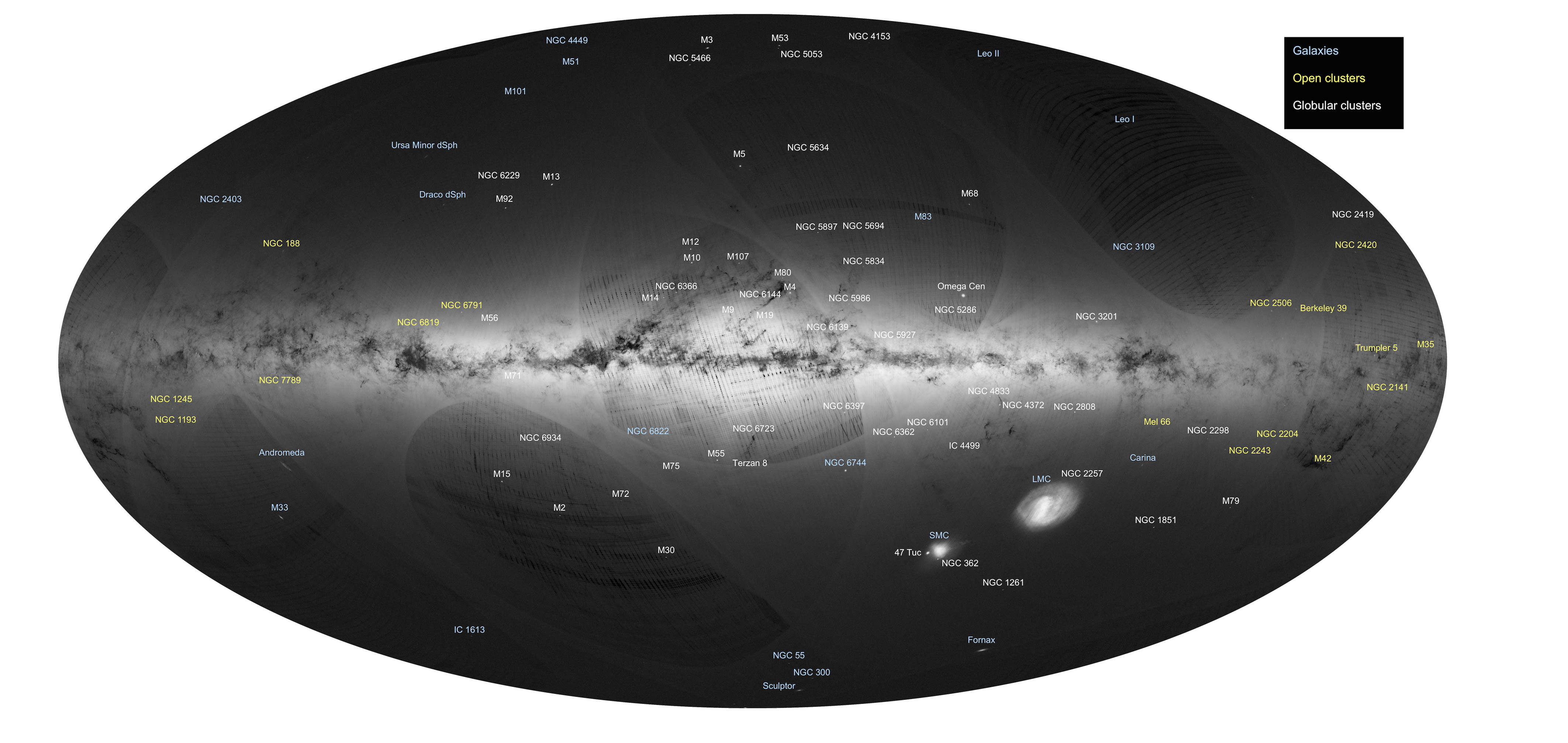Astronomers work tirelessly to scope out the outer space and provide us with some stunning imagery or knowledge. Whether it’s about a potential habitable world or zooming in on Jupiter in a never-before-seen detail, there are almost unlimited possibilities on what to research next. In the last couple of years, our own galaxy, the Milky Way, has been occupying the minds of scientists. Following its launch in December 2013, ESA’s Gaia satellite set on its course to chart the skies for us. On September 14, 2016, ESA provided an astonishing revelation: A new map of the galaxy, the most precise to date, which reveals positions on the sky for over 1 billion stars both within and beyond the Milky Way.
The catalog of stars is just an appetizer for what is to come. Once it is finished — which the scientists estimate to be no sooner than 2022 — the final survey will eventually provide a 3-D map of over 1 billion stars. It will also chart positions of roughly 250,000 asteroids and comets within the solar system, 1 million galaxies, and 500,000 quasars — the blazing cores of galaxies lit up by gas swirling around supermassive black holes. Mission scientists also expect they will turn up over 10,000 undiscovered planets orbiting other stars.
“This is a major advance in mapping the heavens,” Anthony Brown, an astrophysicist at Leiden University in the Netherlands, said September 14 at a news briefing. “Out of the 1 billion stars, we estimate that over 400 million are new discoveries.”
The spacecraft repeatedly scans the sky with two telescopes pointed in different directions. To make the 3-D map, Gaia measures each star’s parallax, a subtle apparent shift in the position of the star caused by the changing viewing angle as the spacecraft loops around the sun. By measuring the amount of parallax, and knowing the size of Gaia’s orbit, astronomers can triangulate precise distances to those stars.

With distances in hand, astronomers can figure out how intrinsically bright those stars are, which in turn will help researchers understand how stars evolve. A detailed stellar map could also help chart the Milky Way’s distribution of dark matter, the elusive substance that is thought to make up the bulk of the mass in all galaxies and reveals itself only through gravitational interactions with stars and gas.
“This is only the beginning: we measured the distance to the Large Magellanic Cloud [one of our galactic neighbours] to test the quality of the data, and we got a sneak preview of the dramatic improvements that Gaia will soon bring to our understanding of cosmic distances,” says Gisella Clementini from INAF and the Astronomical Observatory of Bologna, Italy.
With Gaia, astronomers are also eager to resolve a controversy regarding the distance to the Pleiades star cluster, one of the closest repositories of youthful stars. A previous Gaia-like mission, the Hipparcos satellite, came up with a distance of about 392 light-years. Estimates based on observations from the Hubble Space Telescope and ground-based radio observatories pin the Pleiades at about 443 light-years away. According to Brown, “Gaia appears to be leaning toward the larger distance. Even though it’s too early to say how the controversy will be resolved, Gaia will pin it down.”
For now, this new galactic atlas also provides distances to roughly 2 million of the charted stars, laying the groundwork for astronomers who want to piece together the formation, evolution and structure of the Milky Way. The Pleiades distance debate, as well as a clearer picture of how the Milky Way is put together, will have to wait for future data releases from Gaia. The earliest release is due to happen in late 2017.

